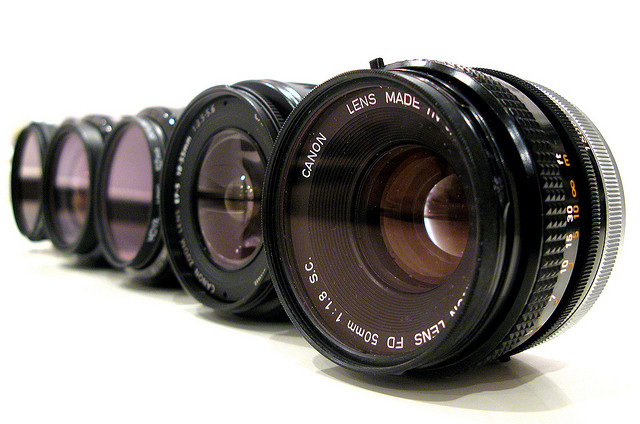
Ah, lenses. No matter how many a photographer owns, somehow he can always find an excuse to buy one more. Case and point, I found myself shopping at a used camera store looking for an affordable, quality lens. What I came up with was…well… an odd little compromise.
I had been longing for a prime lens, a lens with which you use your feet to “zoom”, and one with a larger aperture for better macro and portrait shots. A prime lens was no problem to find. Like a kid looking for sugar as the main ingredient in a candy store, I was able to quickly amass a slew of primes to choose from. There were even a couple that did everything that I wanted. But the best part was walking away from the store feeling like a million bucks. The price: $25. The catch? It was a 28mm Sakar f2.8.
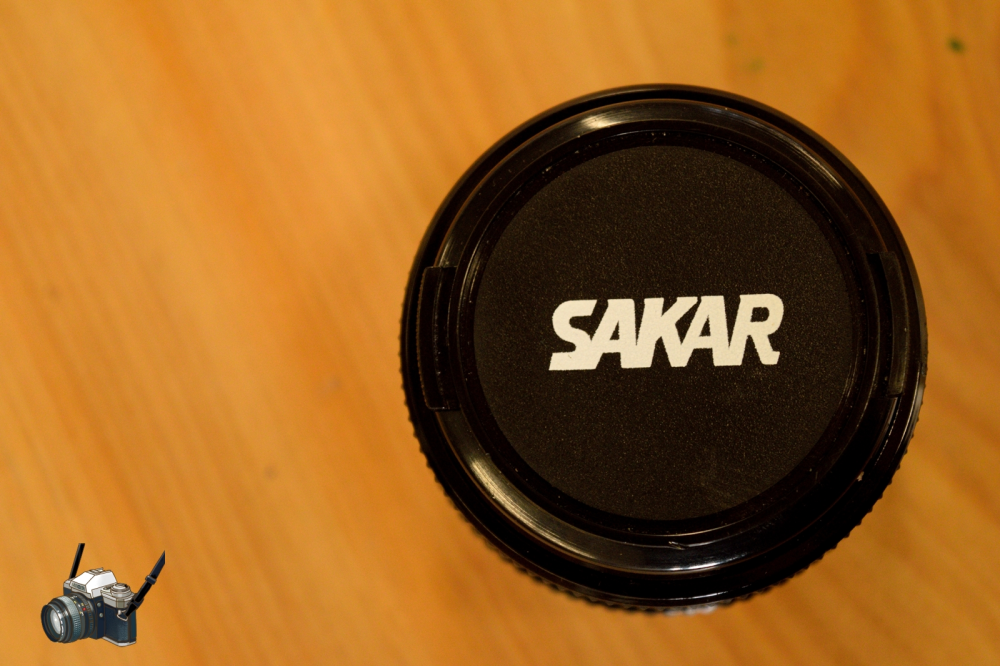
“WHAT?” “A SAKAR?” “TWENTY-EIGHT MILLIMETERS FOR MACRO PHOTOGRAPHY?” “I DON’T EVEN KNOW WHAT F2.8 STANDS FOR!” If you are in the first couple of questions, let me address your adamant concerns or disgust in the next paragraph. As for those who are new here, (considering this is my first post, that includes all of you), or are new to photography, let me back the lorry up and unload some packages of insight:
1.) Twenty-eight millimeters, or as it is printed on a lens “28mm”, is considered to be a “wide angle” lens. The smaller the “focal length“, the larger the field of view. These are lenses which take in a larger field of view than a “standard” lens, or one that has the rough equivalent of what your eye sees naturally. For proper definitions, I have posted some links here and here. (For those experienced photographers with doubts and counterarguments rumbling in your throats, I understand that this isn’t the best explanation for wide angle or standard lenses. It’s just an easier explanation for those who haven’t picked up on it yet. Feel free to correct me below… and skip the beginner explanations.)
2.) The f-stop, or f-number, is literally the size of the hole in the lens. The smaller the f-number, the larger the hole is. This, in turn, is one factor that determines how much light is allowed to enter the camera. The technical term for the hole itself is aperture. To be clear, the f-stop is the numeric size and the aperture is the hole. The other factor of how much light is let in is shutter speed, but that’s another topic.
3.) Macro photography is a type of photography simply based on getting close to a subject to bring out previously unnoticed details or enhancing such details. Pictures of arachnids, insects, and flowers spring to mind…

(Isn’t he cute? I mean, you know, if he didn’t look like he was going to swallow you whole after his moon-age daydream…)
4.) Finally, Sakar is a company that produces third party lenses, now seemingly rebranded as Vivitar and Kodak. You can check out what they are up to here.
OK, now that both sides are on a somewhat equal ground, we can move on to the actual discussion. Needless to say, I bought this lens for all the right reasons, with one of the worst focal lengths for my actual wants/needs. The good: there’s good bokeh, reasonably sharp images, and gets closer than a Nikon E series 28mm. The bad: It’s too wide for proper subject isolation even at f2.8, close isn’t close enough for macro, and it has only reasonably sharp images.
But what does any of this have to do with new vs old lenses? Well, since this lens is so old that it doesn’t even meter on my Nikon D3300, the question is why even go old-school? There’s no auto-focus, no special coatings, no metering, the elements are hand ground (that’s a guess on my part), and no vibration reduction. What’s the point of getting a used lens in comparison to a new equivalent?
Now, I could compare this lens to another and decide which is sharper, has better contrast, less distortion, etc. But since I don’t have anything but the Nikon 18-55mm VR2 kit lens, it would be a very apples-to-oranges comparison. A prime vs zoom lens comparison with these two lenses would be a very sad conclusion indeed, not to mention that it’s almost impossible to find 28mm on the kit lens.
So, to reach a conclusion, and wrap up what is becoming a rather long-in-the-tooth post, I’ve decided to go for the reasons why to go for the teachable rather than the technical.
For one, a prime lens makes you think. Composition becomes a conscientious factor rather than an afterthought and what is chosen to be removed from the frame suddenly becomes more important than what is put in. This becomes extremely important when you attain a wide angle lens and seemingly everything is included in the frame. Here’s a video of a snarky, but popular YouTube photographer who can explain more.
(It may be on a 50mm, or standard, lens but the principles are the same.)
Secondly, all of that extra fluff on a new lens can hamper the basic lessons of taking a photograph. Can you take a photograph that is in focus without using autofocus? In example, the camera won’t focus on the subject you want it to focus on. The camera cannot get a focus lock because the subject is either to0 close or is in a crowd of other subjects, such as in street photography. Can you manual focus? Can you isolate a subject without using a picture mode? Also, can you judge a scene, and based on that inkling alone, make a proper exposure if you don’t have a meter to suggest otherwise? For most casual, point-and-shoot photographers, this may sound ridiculous. But for the budding enthusiast, these can be crucial questions. My ultimate point here is that an all-manual lens forces you to adapt and creates an environment for a photographer to grow.
Third, and finally, old is gold. What I mean by that is that it gives a certain look. It is surprising how different, no matter how subtle, an old lens is in comparison to a new one. For instance, do you like those sun-stars; the ones that give a light source dozens of long, pointy edges? The way they design the aperture these days, it’s less likely to produce the same effect as well as an older lens. Examples below.
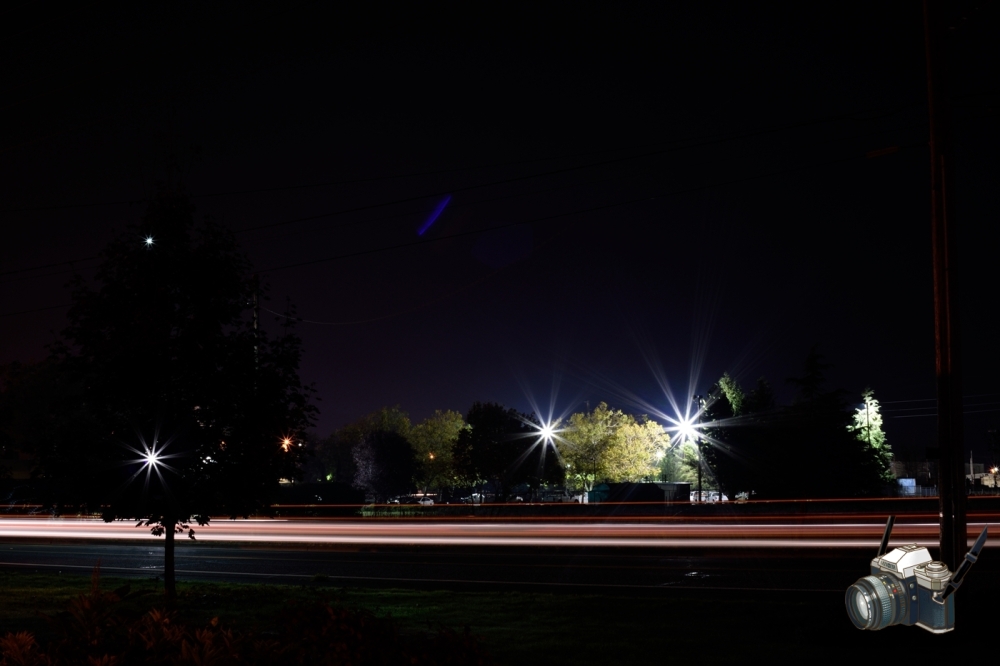 Sakar
Sakar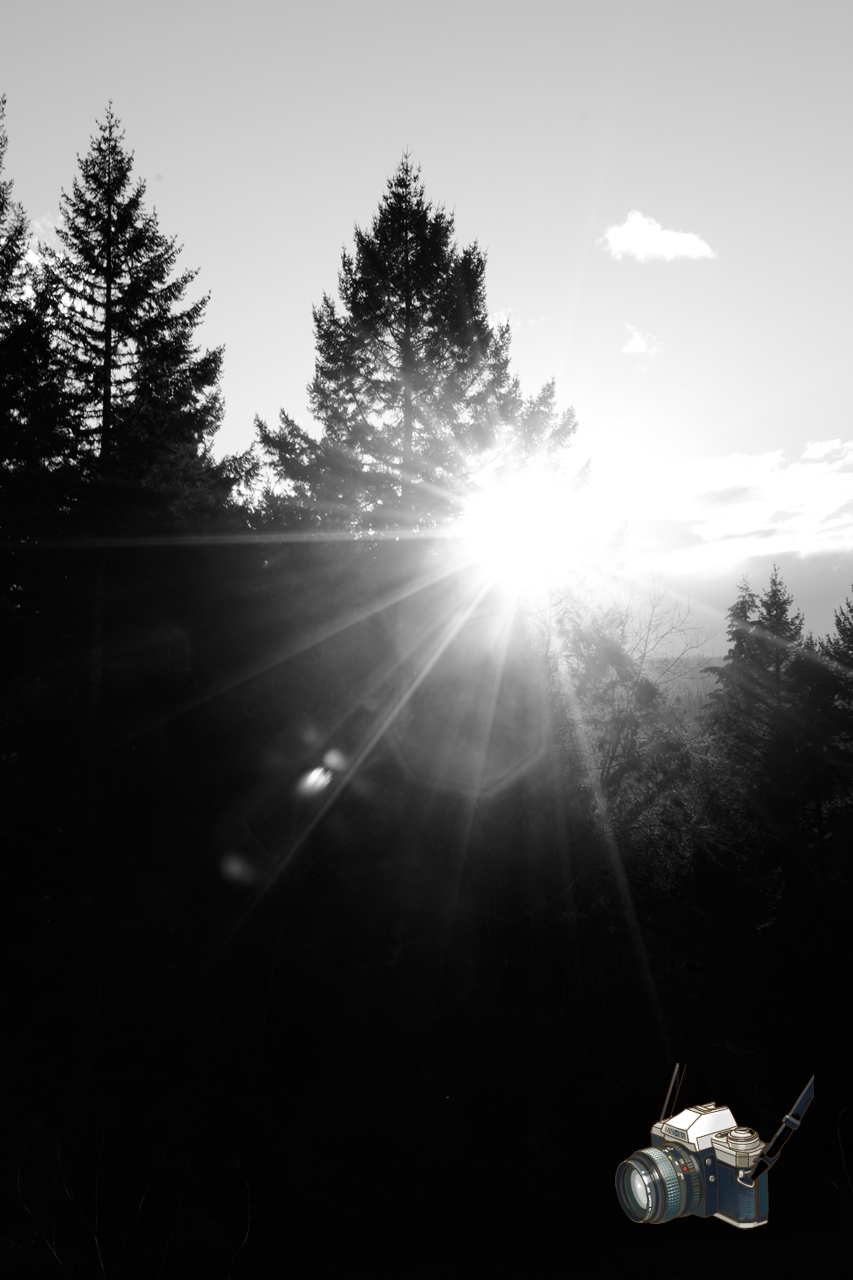 Nikon (Different subjects and what-not, I know, but the point is that the picture taken with the Sakar has a more pronounced star shape.)
Nikon (Different subjects and what-not, I know, but the point is that the picture taken with the Sakar has a more pronounced star shape.)
But it also creates horrible flaring, distortion, and other-worldly ghosting at its widest aperture (F2.8), a side effect of old tech. If that’s what is desired, then great. However, and most often than not, these abnormalities will usually ruin a good photograph rather than make it.
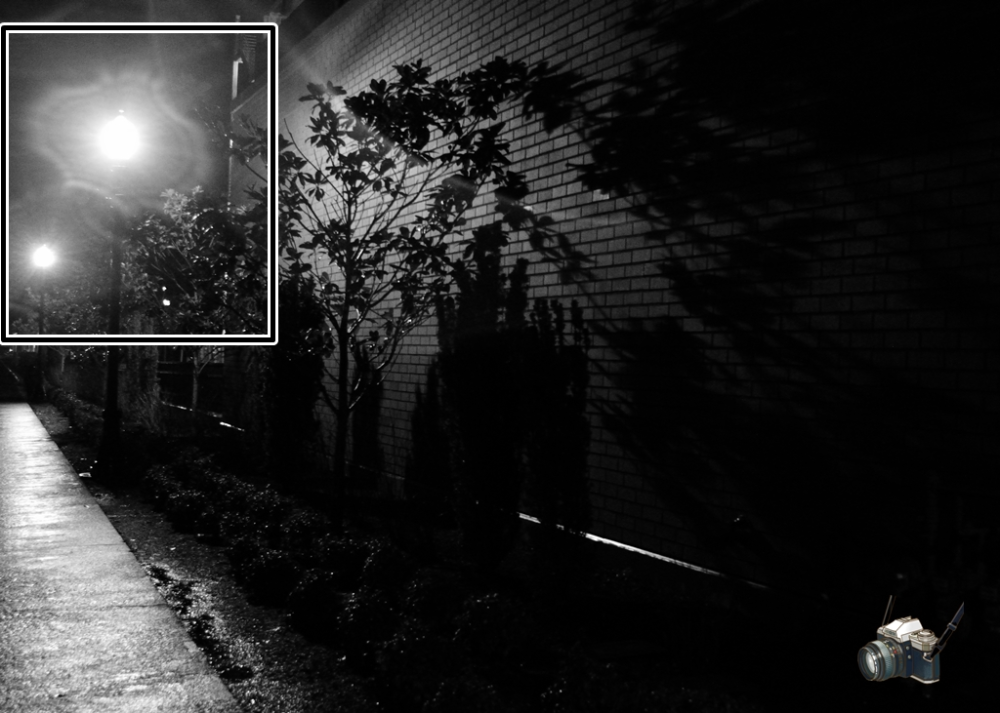 (See the flare? Even without the box, it’s hard to miss.)
(See the flare? Even without the box, it’s hard to miss.)
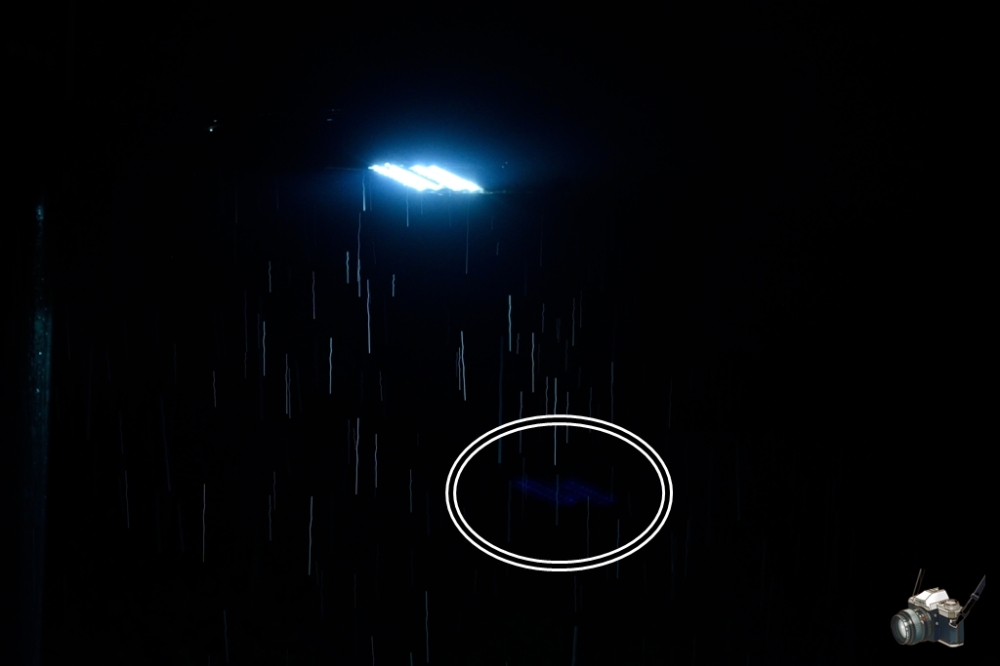 (It’s kind of difficult to see, but there is a copy of the light right there in the circle. That’s not another light, it’s a ghost!)
(It’s kind of difficult to see, but there is a copy of the light right there in the circle. That’s not another light, it’s a ghost!)
Ultimately, it’s up to you. New lenses are more convenient, usually weigh less, and come with better optics. Older lenses create a noire, and give the user greater input for learning. My input: decide on your goals. Cameras are many things in different people’s hands. Figure out what it is to you and what you want to accomplish. Just promise me you won’t go out and buy a lens simply to have another lens to brag about.
Verdict: The Sakar 28mm f/2.8 is… old.
Next test: Minolta 58mm F1.4!
(FYI, those little, annoying camera icons are there just to say that those images are mine. Just saying.)
